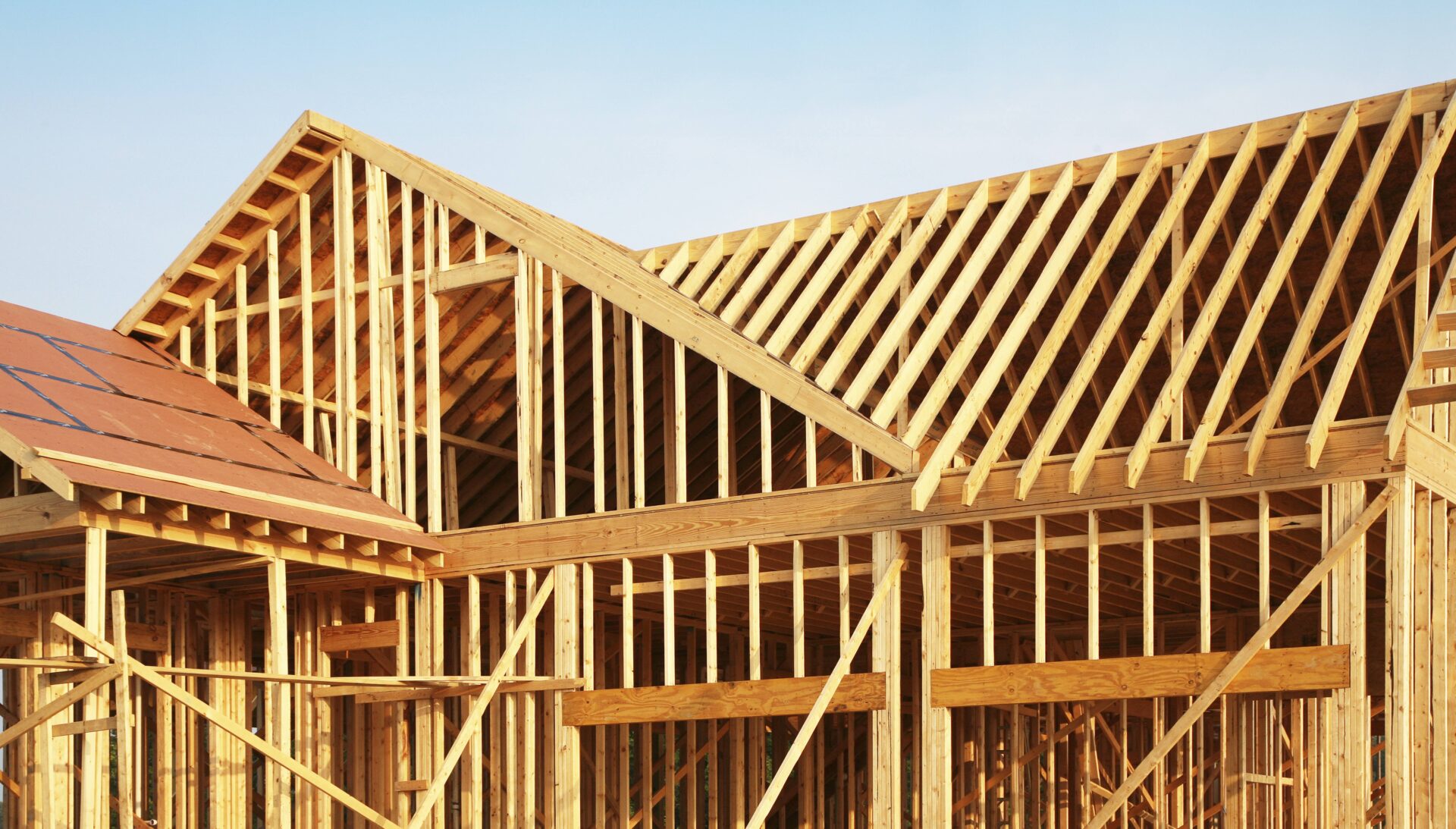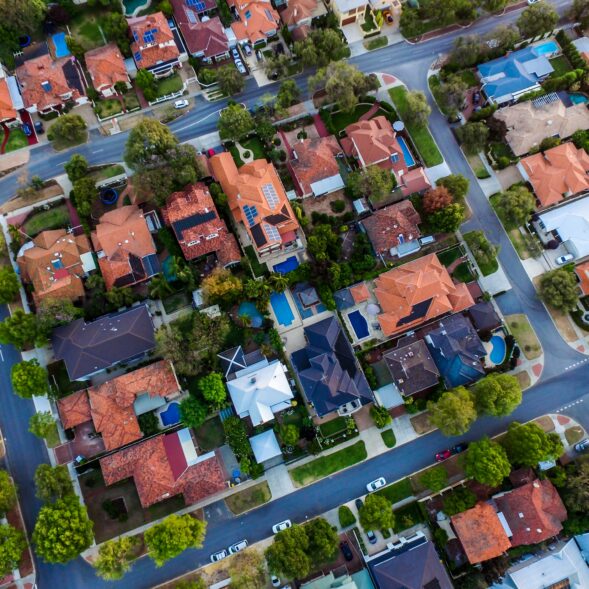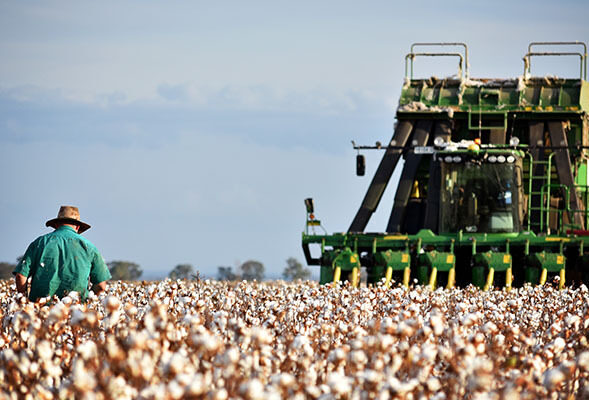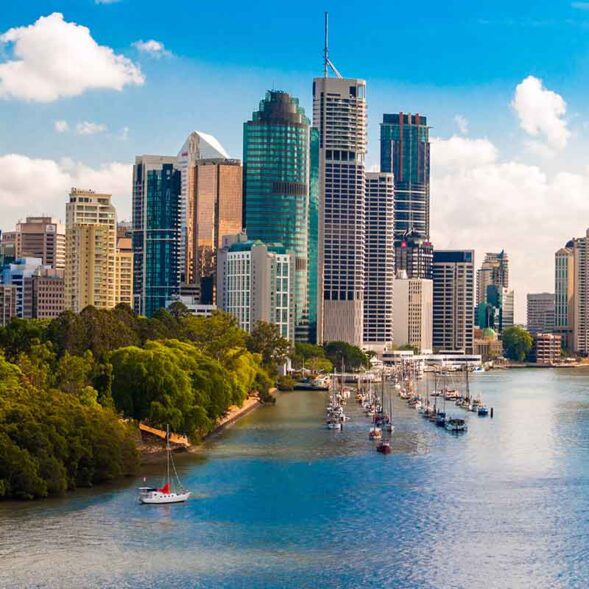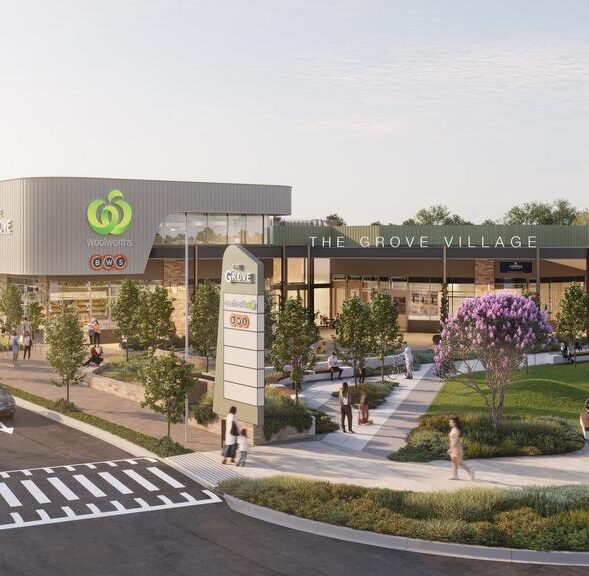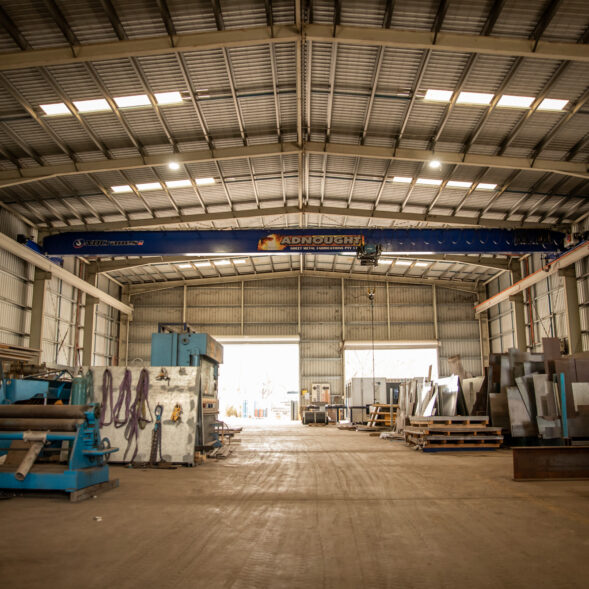When investors weigh up their decisions about Australian residential property as an asset class, there are two major forces they must reflect upon: affordability pressures and an ongoing supply shortage, exacerbated by strong population growth.
The recent RBA interest rate cut offers some relief to buyers, but the real question is what happens next. If we see further rate reductions, it could provide the confidence boost needed to stimulate the market. However, if this cut turns out to be one of only a few, buyers may remain cautious, with affordability concerns still at the forefront.
One of the biggest challenges remains delivering new housing. Labour shortages, construction delays, and high costs are all making it harder to bring new supply to market. In particular, the cost of building new homes is rising sharply, creating significant hurdles for developers and buyers alike.
Take medium-rise apartment buildings, for example. In some capital cities, developers now report they can’t deliver these projects for less than $17,000 per square metre. Construction costs make up the bulk of this, with land values sometimes only marginally more than the contingency set aside for building expenses. While this type of development generally aligns with urban planning goals and is more widely accepted by the community, it comes with significant affordability challenges.
On the other hand, detached housing remains the more economical option – though less favoured from a planning perspective due to urban sprawl. Some suburban homes on the outskirts of major cities can still be built for around $5000 per square metre – less than a third of the cost of inner-city apartments.
Then there’s the middle-ground option: townhouses. These have become increasingly popular, offering greater density than standalone houses while often being located in more established areas. With an average construction cost of around $8000 per square metre, they provide a compelling alternative. To put that into perspective, assuming a 150 square metre living area, the price difference is striking: an inner-city apartment could be delivered for around $2.5 million, a townhouse around $1.2 million, and a suburban house roughly $750,000.
It’s no surprise, then, that suburban housing markets remain strong. Land sales are solid, and house construction activity is expected to hold up well in the near future. Meanwhile, medium-rise residential developments near city centres continue to face tight margins, and many developers are treading carefully. Those who are moving ahead tend to be targeting owner-occupiers – particularly downsizers and buyers less sensitive to price fluctuations.
The middle-ring townhouse market is also holding up well, often seen as a more affordable alternative to small-lot housing.



